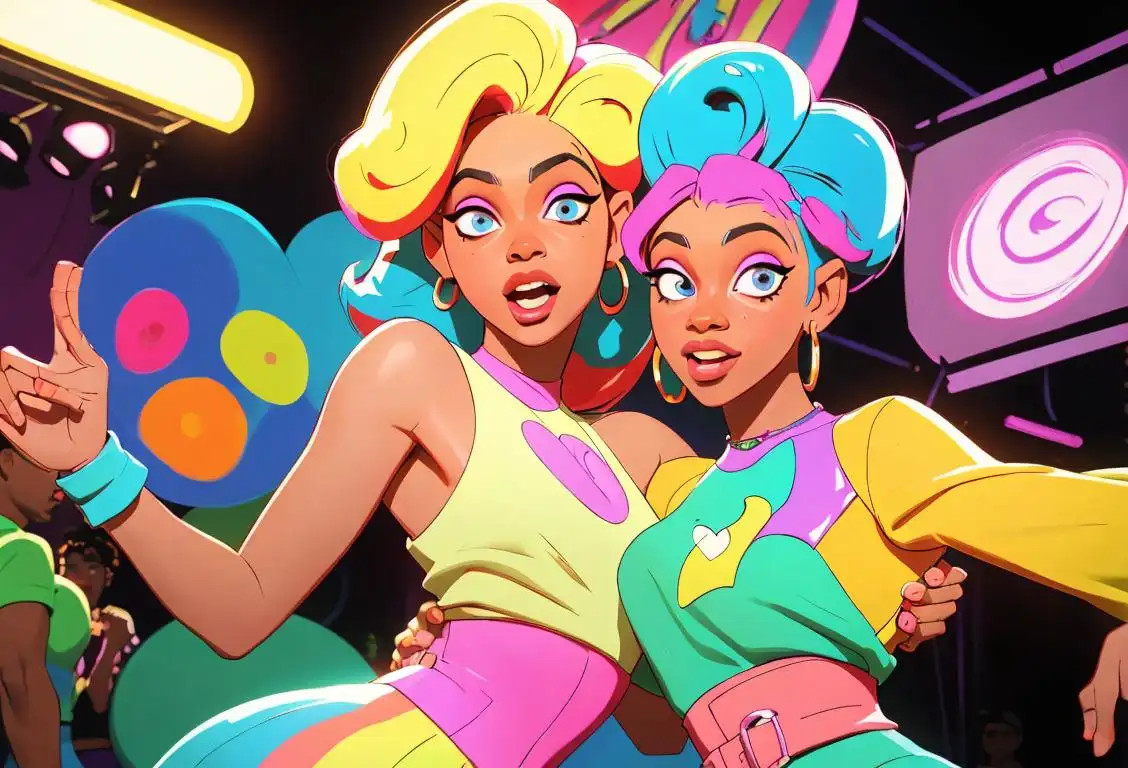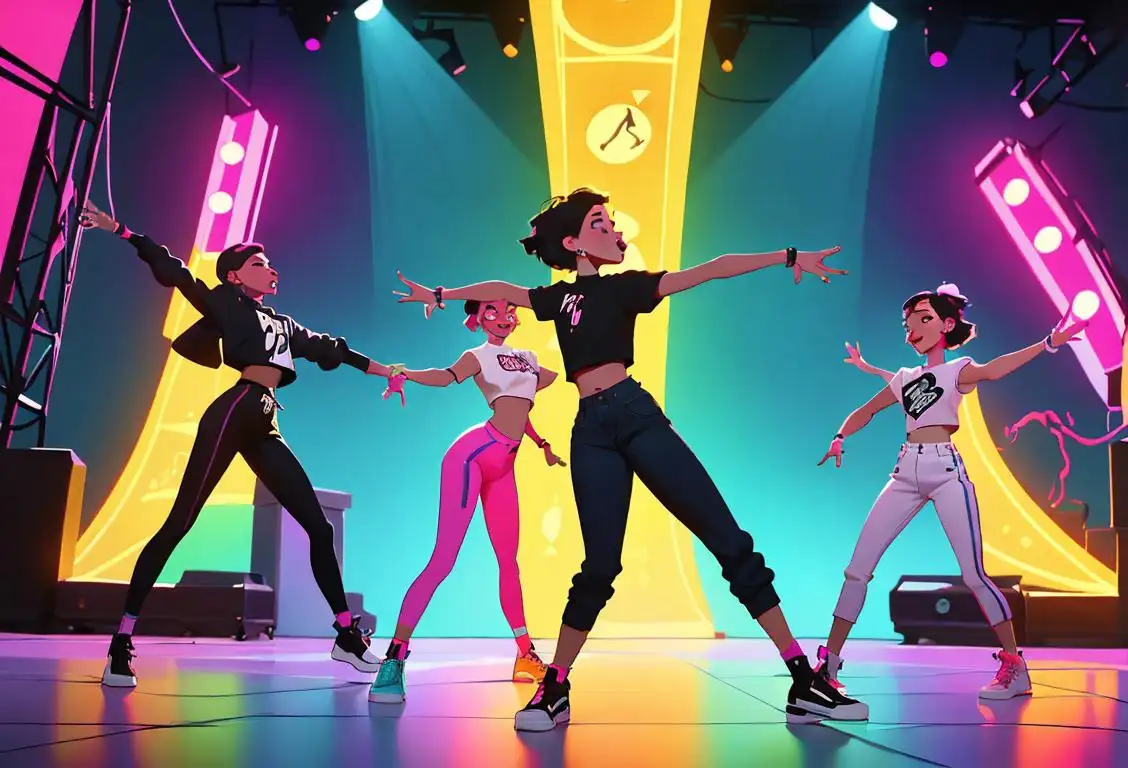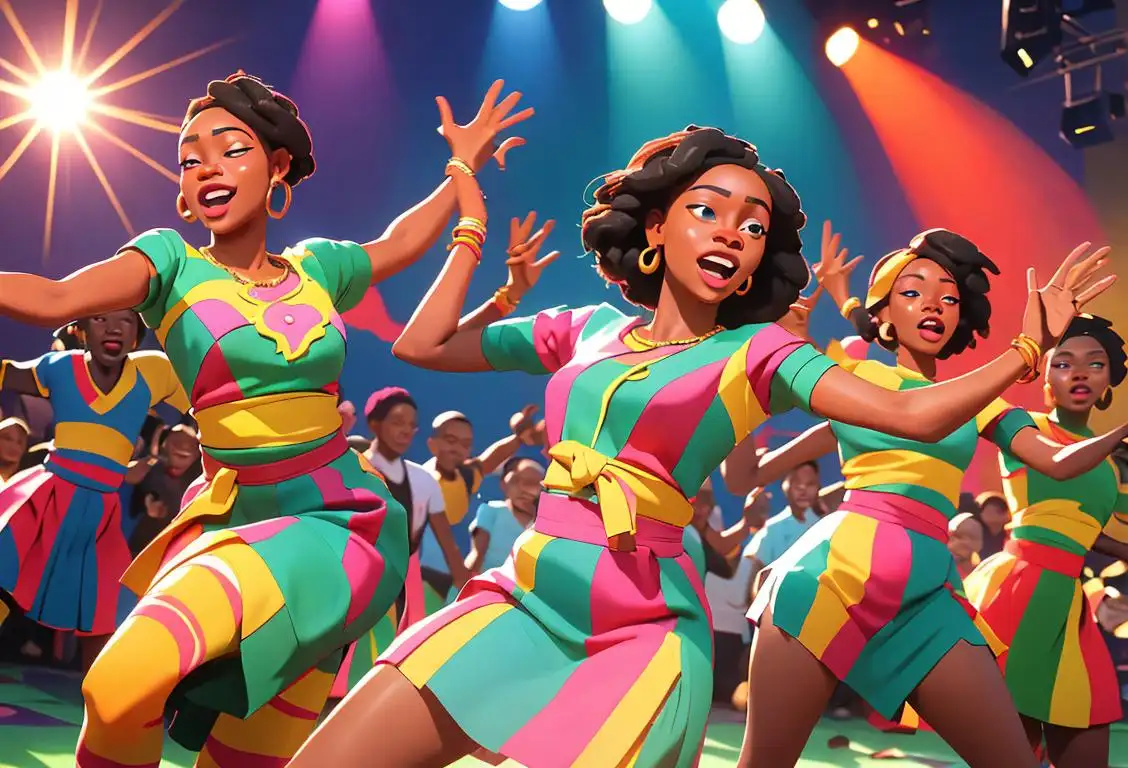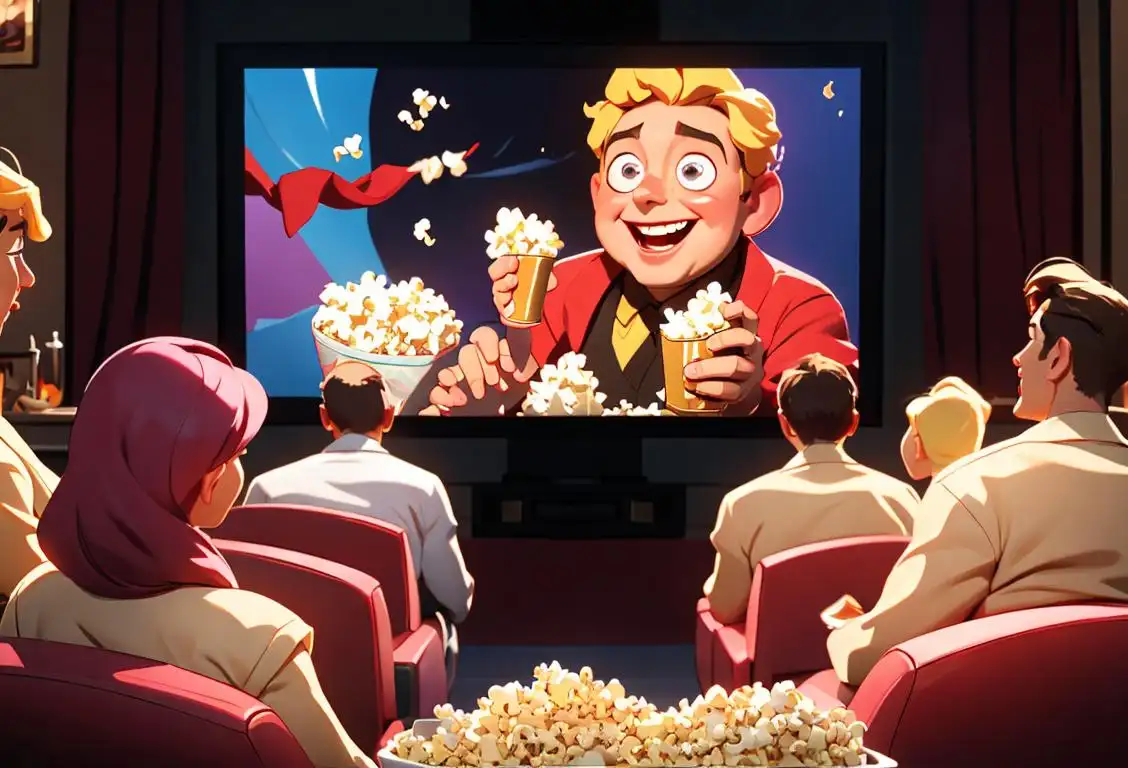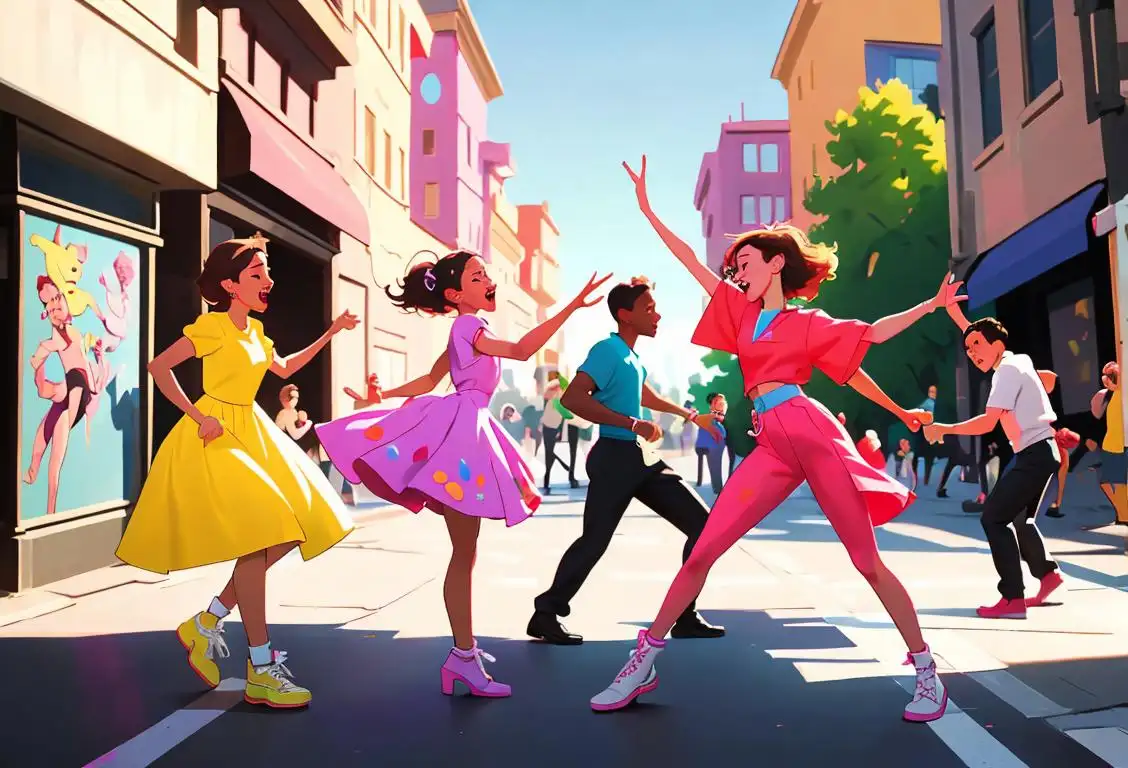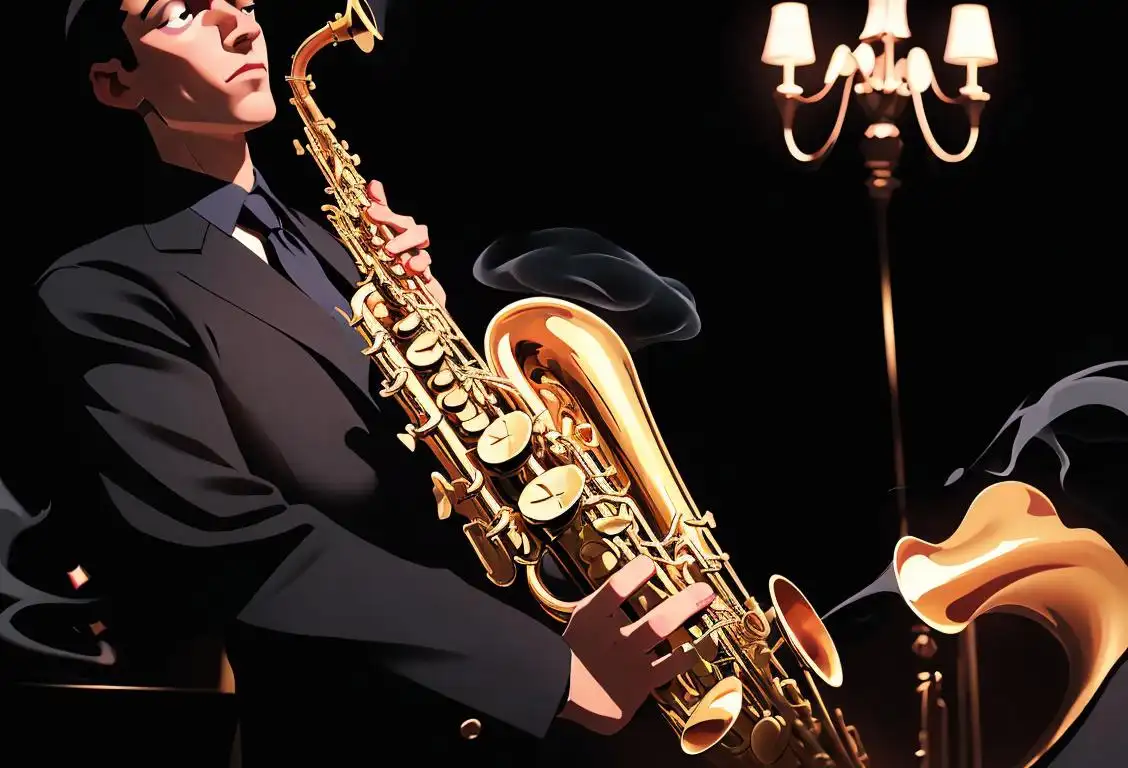National Groove Day
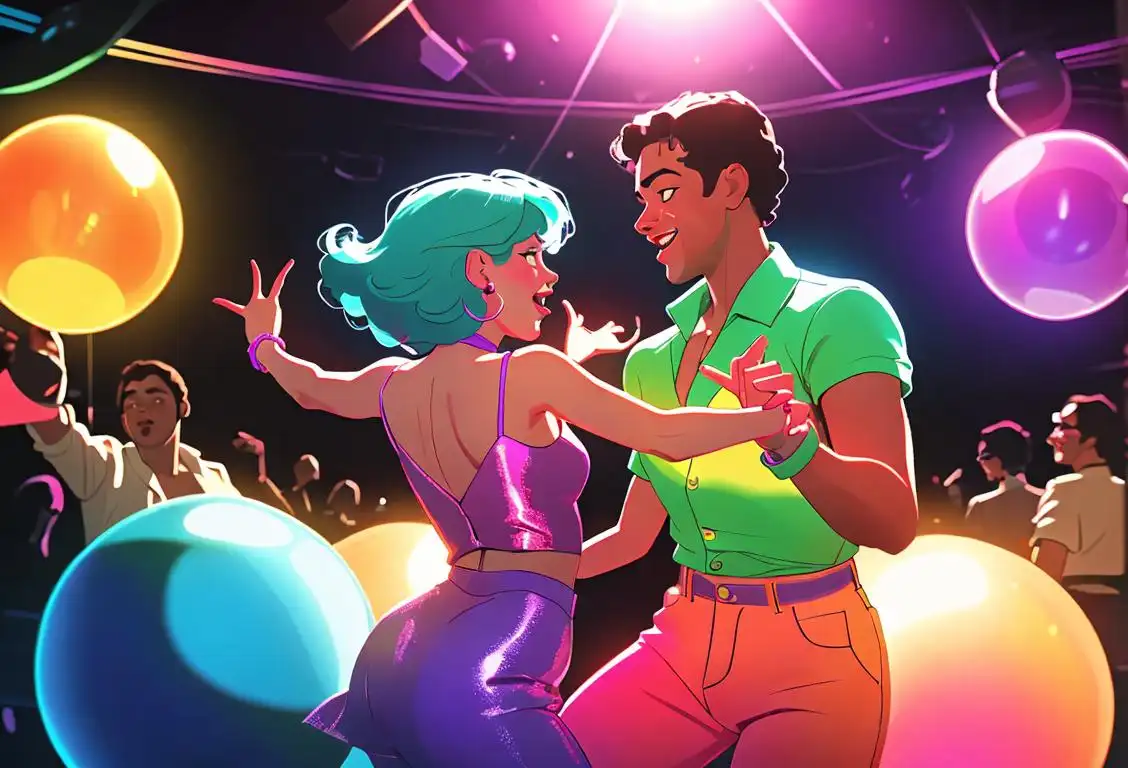
Is it getting funky in here or is it just me? Get ready to dance the day away because today is National Groove Day!
When is Groove Day?
It's national groove day on the 3rd October.
The Origins of National Groove Day
National Groove Day may not have a long and prestigious history, but its impact on bringing people together through music and dance cannot be overstated. The day originated in the depths of the internet, where people all around the world discovered a shared love for getting their groove on.
It all started on October 3rd, 2015, when the internet erupted with mentions of National Groove Day. From blog posts to social media shoutouts, people were buzzing with excitement to celebrate the joy of dancing.
How to Celebrate National Groove Day
There are countless ways to get your groove on and join in the celebration of National Groove Day. Here are a few ideas to help you get started:
- Host a dance party with friends and family in the comfort of your own home. Put on your favorite tunes and let loose!
- Take a dance class to learn some new moves. Whether it's hip-hop, salsa, or ballroom, dancing is a great way to express yourself.
- Organize a flash mob in a public place. Gather a group of friends and surprise passersby with a synchronized dance routine.
- Attend a live music performance and let the rhythm move you. Whether it's a concert, a local gig, or an open mic night, experiencing live music can be an incredibly exhilarating experience.
Did You Know?
Did you know that dancing has numerous health benefits? Not only does it improve cardiovascular health, but it also helps enhance coordination and balance. Plus, who can resist a good dance session? It's the ultimate stress-reliever!
History behind the term 'Groove'
1920
Birth of Jazz
The term 'groove' first appeared in the 1920s during the birth of jazz music in the United States. As jazz gained popularity among African-American communities, musicians began using the word 'groove' to describe the rhythmic feel and momentum created by the interplay between different instruments. It referred to the tight synchronization and improvisation that made jazz music so captivating and danceable.
1928
Jazz musicians popularize the term
In 1928, the term 'groove' started gaining popularity in the jazz community. Jazz musicians used the word to refer to the rhythmic feel, a sense of flow and syncopation in their music. It described the moment when everything fit together perfectly, creating a captivating and infectious rhythm.
1920
The Birth of the Groove
In the 1920s, the term 'groove' first emerged in the jazz scene. It referred to the rhythmic pattern that formed the foundation of a piece of music. Jazz musicians often used the term to describe the 'swing' or 'feel' of a particular tune. The groove became a fundamental element in jazz, paving the way for future genres to incorporate this essential aspect of music.
1960
Evolution of Funk
In the 1960s, 'groove' took on a new meaning as funk music emerged as a distinct genre. Funk music, heavily influenced by soul and R&B, emphasized a repetitive and highly syncopated rhythm. The term 'groove' was used to describe the deep and infectious bass lines, tight drum patterns, and irresistible sense of rhythm that characterized funk music. It became synonymous with the funky, danceable essence of the genre.
1940
The Rise of R&B Groove
By the 1940s, rhythm and blues (R&B) started gaining popularity. R&B musicians placed a strong emphasis on the groove, blending jazz, blues, and gospel influences to create a distinct sound. The rhythmic patterns in R&B tracks became infectious, inviting listeners to dance and move to the groove. The term 'groove' further cemented its significance in popular music.
1960s
Funk music expands the concept
During the 1960s, funk music emerged as a significant genre, heavily influenced by jazz. Funk introduced complex and layered rhythms, emphasizing the importance of the 'groove.' Musicians, such as James Brown, added a new dimension to the term, highlighting the tight interplay between instruments and the irresistible urge to dance.
1980
Groove in Popular Culture
During the 1980s, the term 'groove' expanded beyond the realm of music and made its way into popular culture. It became a buzzword associated with rhythm, style, and a general sense of coolness. From fashion to movies, 'groove' represented a certain swagger and effortless charisma, capturing the essence of being in touch with the latest trends.
1960
The Funk Revolution
In the 1960s, funk music revolutionized the concept of the groove. With its emphasis on syncopated bass lines, tight drum patterns, and soulful horn sections, funk took the groove to new heights. Artists like James Brown, Sly and the Family Stone, and Parliament-Funkadelic became synonymous with electrifying grooves that compelled people to get up and dance. Funk music not only showcased the power of the groove but also emphasized its cultural impact.
1970s
Disco era takes 'groove' to new heights
The 1970s witnessed the rise of disco music, which brought 'groove' to new heights of popularity. Disco tracks were specifically designed to get people on the dance floor, with irresistibly catchy beats and infectious rhythms. 'Groove' became synonymous with funky, rhythmic dance music that kept the party going all night long.
1970
Disco Fever and the Groove
The 1970s witnessed the rise of disco, a genre rooted in dance and rhythm. Disco tracks were carefully engineered to have a pulsating and irresistible groove that captivated audiences worldwide. Iconic artists and bands like Donna Summer, Bee Gees, and Chic dominated the disco scene with their infectious grooves. The term 'groove' became deeply intertwined with the disco culture of the era, symbolizing its energy, escapism, and inclusivity.
1990
Digital Music Production
With the rise of digital music production in the 1990s, 'groove' found new relevance. Software and electronic instruments allowed musicians to manipulate rhythm and create intricate grooves with ease. The term expanded its meaning to include the programmed beats and electronically generated rhythms that became prominent in various genres, including electronic music, hip hop, and pop.
1990s
Hip-hop culture embraces the 'groove'
In the 1990s, hip-hop culture embraced the term 'groove' and incorporated it into its vocabulary. Rappers and DJs used 'groove' to describe the captivating rhythm of a beat or a tune that made people want to move. Hip-hop further expanded the concept by incorporating various musical influences and creating innovative grooves that resonated with a diverse audience.
Present Day
The enduring legacy
Today, the term 'groove' continues to hold a special place in popular music culture. It signifies the infectious rhythm, the soulful pulse, and the combination of musical elements that create a deeply satisfying and enjoyable listening experience. From jazz to funk, disco to hip-hop, the concept of 'groove' has transcended genres, leaving an enduring legacy in the lexicon of music enthusiasts worldwide.
Present
Groove in Everyday Language
Today, the term 'groove' has become part of everyday language, representing more than just music. It is often used to describe being in a state of flow, feeling in sync with a situation, or finding a rhythm in one's life. In addition to its musical roots, 'groove' captures the idea of finding harmony, enjoyment, and a sense of connection in various aspects of life.
1980
Hip Hop's Groove Revolution
In the 1980s, hip hop emerged as a cultural force, incorporating the groove in its beats and rhymes. Hip hop DJs and producers crafted intricate grooves using samples from various musical genres, creating a unique sonic landscape. The groove in hip hop served as the backbone of the music, providing a rhythmic foundation for MCs to deliver their rhymes. As hip hop gained mainstream popularity, the groove became synonymous with the genre's infectious rhythms.
Present
The Timeless Groove
Today, the term 'groove' remains a fundamental concept in music. It transcends genres, from rock to electronic, from pop to soul. The groove continues to be an essential element that connects musicians and listeners, providing a sense of rhythm and unity. Whether it's the infectious drum pattern in a chart-topping hit or the funky bassline that moves a crowd, the groove remains a timeless and universal language in music.
Did you know?
Did you know that dancing has numerous health benefits? Not only does it improve cardiovascular health, but it also helps enhance coordination and balance. Plus, who can resist a good dance session? It's the ultimate stress-reliever!Tagged
fun music danceFirst identified
3rd October 2015Most mentioned on
3rd October 2015Total mentions
4Other days
Get Funky Day
Marlians Day
Azonto Is Acceptable Day
Groove Day
Entertainment Day
A Boogie Day
Justin Timberlake Day
Dj Day
Slap A Booty Day
Saxophone Day
